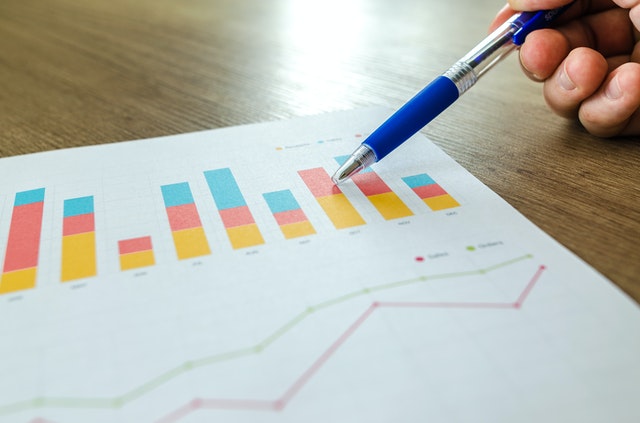Below is a list of the current largest economies in the world in 2021 based on the most recent data available.
Nominal GDP in U.S. Dollars: Measures and compares GDP between nations by considering local prices and local currencies converted to U.S. dollars. This the primary number that determines a countries ranking on this list.
Purchasing Power Parity Adjusted GDP: This compares nominal GDP between nations, converting local currencies based on what a sample of basic products could be purchased for in the countries rather than currency exchange rates. This adjusts for the variation in cost of living between different countries.
GDP Growth: Annual percent of growth of nominal GDP in local costs and currencies, this projects the speed a country’s economy is expanding.
GDP Per Capita: This is nominal GDP divided by the quantity of the population of a country. This measures the amount a country’s economy creates per citizen divided by the total. This can show an estimation of the average income or quality of life for people living in the country.
Country Nominal GDP in trillions/PPP Adjusted GDP in trillions/Annual Growth %/GDP Per Capita in thousands[1]
United States $21.43 $21.43 2.2% $65,298
China $14.34 $23.52 6.1% $10,262
Japan $5.08 $5.46 0.7% $40,247
Germany $3.86 $4.68 0.6% $46,445
India $2.87 $9.56 4.2% $2,100
United Kingdom $2.83 $3.25 1.5% $42,330
France $2.72 $3.32 1.5% $40,493.9
Italy $2.00 $2.67 0.3% $33,228.2
Brazil $1.84 $3.23 1.1% $8,717
Canada $1.74 $1.93 1.7% $46,195
The biggest economy in the world by GDP continues to be the United States with China in a distant second but China is growing at three times the speed of the U.S. India is another large and growing economy that has the biggest income inequality problem.
This list is poised to change in the coming decade and the winners will be the ones that can create and maintain sustainable growth.
